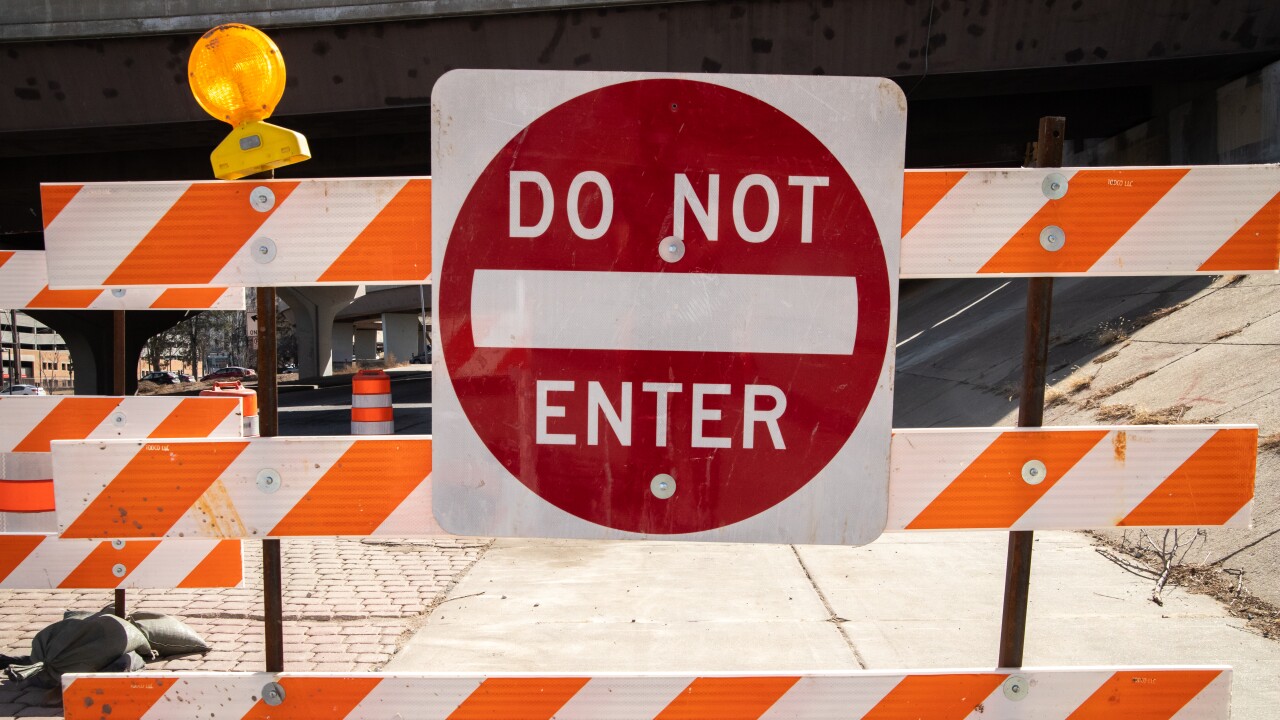NAMPA, Idaho — The Idaho Transportation Department is starting the next phase of construction on the State highway 16 corridor through the Treasure Valley. The extension will run between U.S. highway 20/26 and Interstate 84, along the border of Ada and Canyon counties. It will tie into the existing SH-16 route, which continues north to Emmett.
Work will start Monday on the southern end of the corridor. Crews will set barriers and shift traffic to build ramps and the bridge foundation for what will become and interchange connecting I-84 and SH 16.
Drivers can expect overnight lane closures on I-84 between the Black Cat Road and Robinson Road overpasses from 10:00 p.m. to 5:00 a.m.

On the north end, work will start on Monday, July 25. Traffic will be reduced to one lane in each direction on US 20/26 as crews widen the intersection. Lane restrictions in the area will be in place through next year.
“Ultimately, this highway will address growth and improve mobility for thousands of motorists in the central Treasure Valley," said ITD Project Manager Merrill Sharp.
This is the second phase of the extension, and construction is expected to go until 2024. A third and final phase of construction will take place in future years as funding becomes available.
Phase 2 includes constructing:
- A new I-84 interchange to access the central Treasure Valley north of I-84.
- Approximately 4.5 miles of highway between US-20/26 and I-84.
- Overpasses crossing Cherry Lane and McMillan Road.
- Bridges over irrigation canals and the railroad.
- Signalized intersections at US-20/26, Franklin Road, and Ustick Road.
- Reconstruction of the current signalized intersection at US-20/26.
Additional delays and closures are possible in the project area. ITD officials say its important to plan ahead while traveling around that corridor, and that they will regularly communicate with those who live, work and commute through the area.



